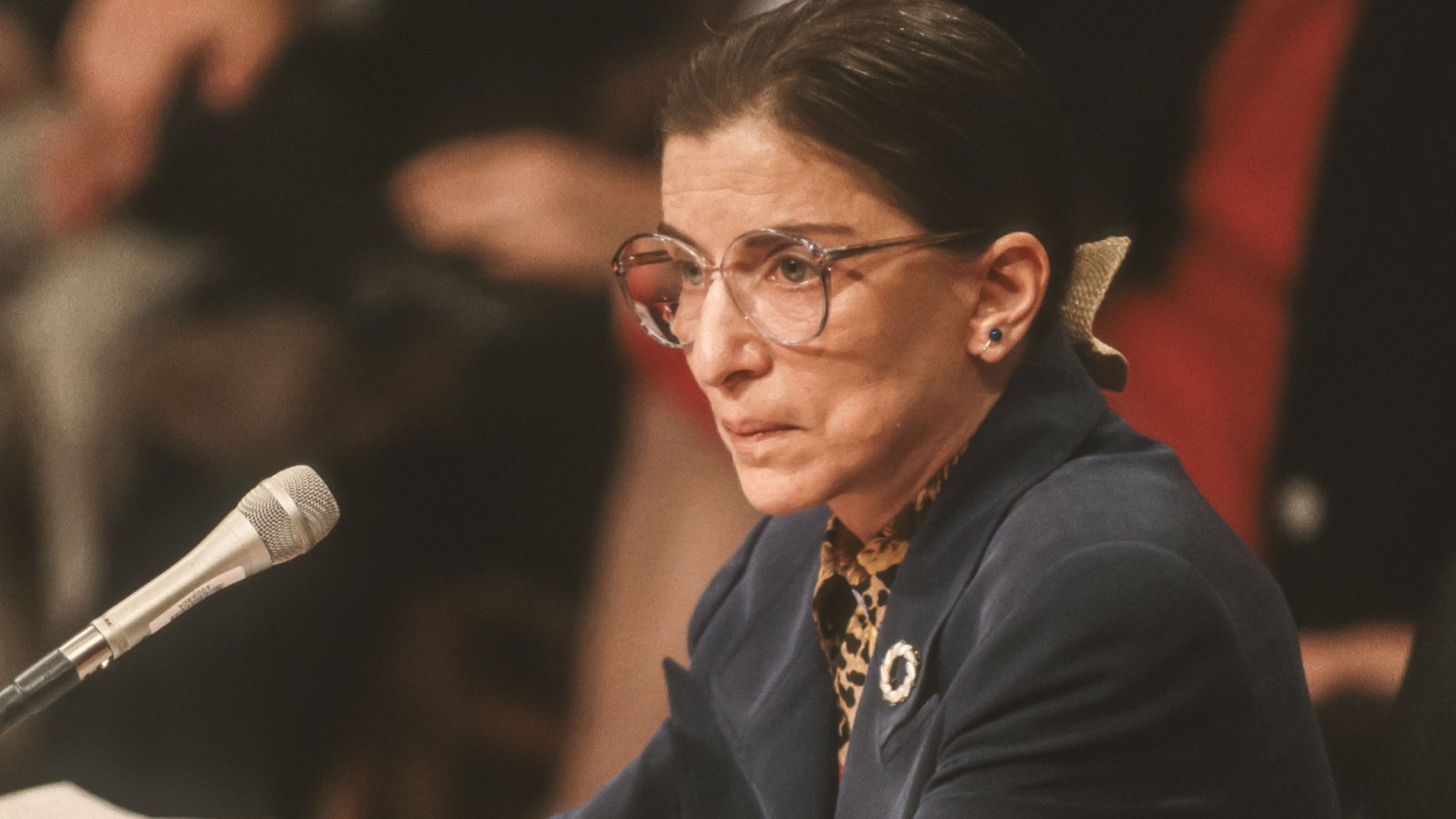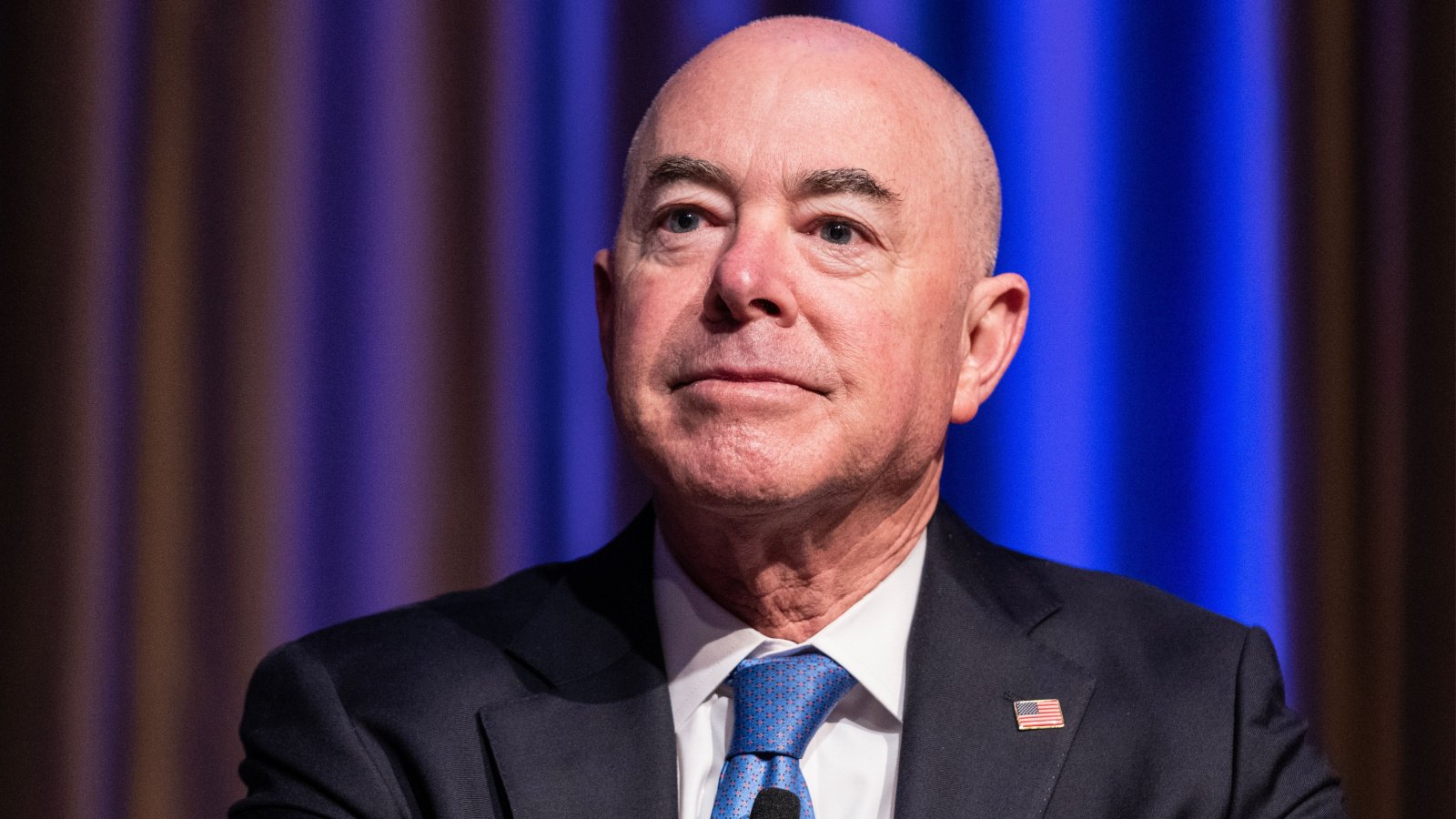The U.S. Supreme Court defines the boundaries of civil liberties and addresses critical issues of equality and justice. Landmark cases have shaped our nation throughout the centuries. Let’s explore the most influential Supreme Court cases that have dramatically impacted the lives of citizens.
Marbury v. Madison (1803)

Marbury v. Madison established the principle of judicial review, allowing the Supreme Court to invalidate laws that conflict with the Constitution. This landmark decision empowered the judiciary. Chief Justice John Marshall’s opinion laid the groundwork for the Supreme Court’s authority to interpret the Constitution.
Dred Scott v. Sandford (1857)
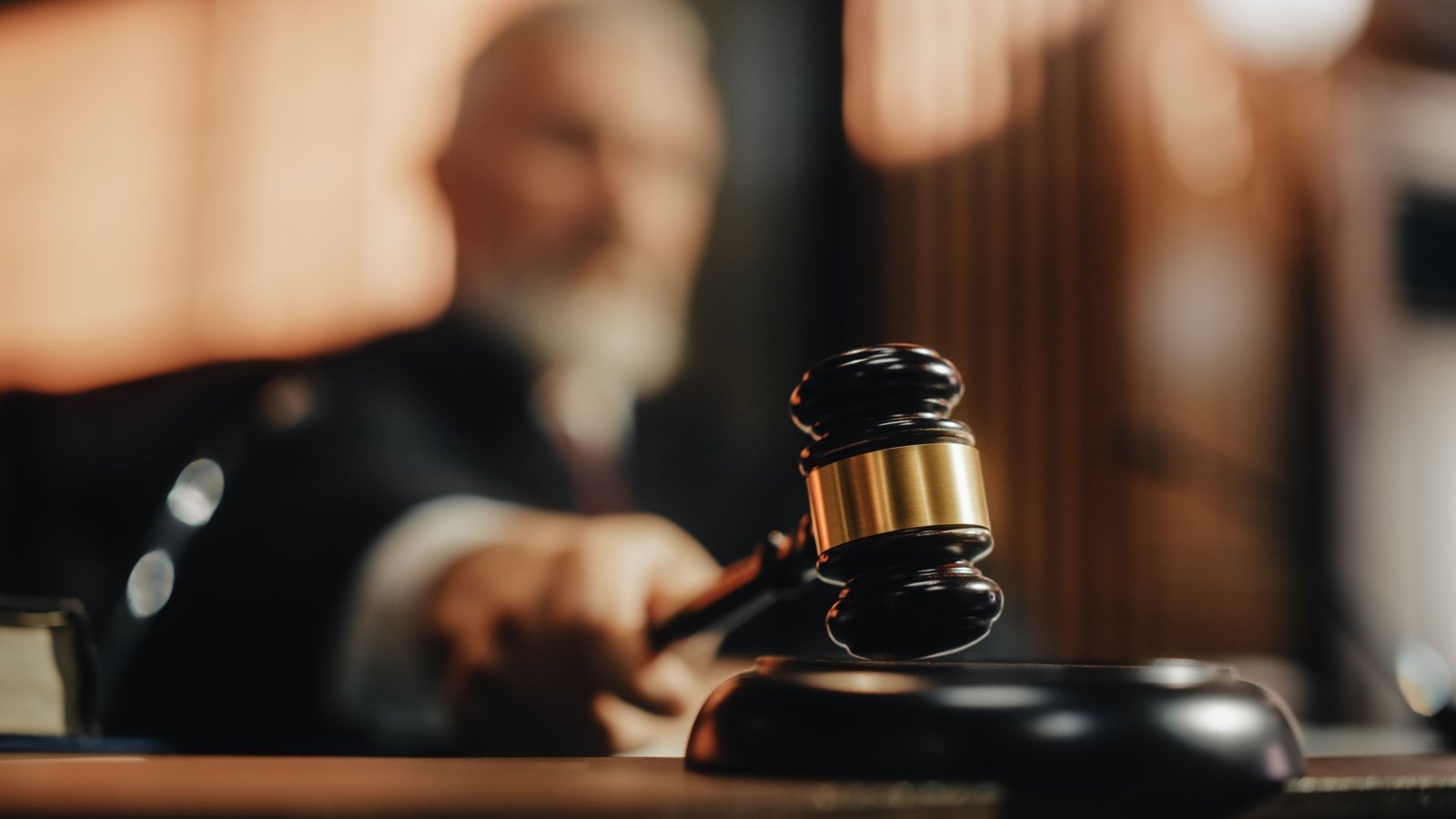
Dred Scott v. Sandford declared that African Americans, whether enslaved or free, could not be American citizens and had no standing to sue in federal Court. This decision intensified national divisions over slavery and pushed the nation closer to civil war. The ruling is widely regarded as one of the worst decisions in Supreme Court history due to its blatant racial discrimination.
Plessy v. Ferguson (1896)

Plessy v. Ferguson upheld state laws requiring racial segregation under the doctrine of “separate but equal.” This decision legitimized segregation and disenfranchisement, particularly in the southern United States, for over half a century. It was eventually overturned by Brown v. Board of Education, highlighting its long-term impact on civil rights.
Schenck v. United States (1919)

Schenck v. United States established the “clear and present danger” test for restricting free speech under the First Amendment. This case arose from Charles Schenck’s distribution of anti-draft leaflets during World War I, which the Court ruled posed a significant threat to national security.
Korematsu v. United States (1944)

Korematsu v. United States upheld the internment of Japanese Americans during World War II as a wartime necessity. This decision was later widely criticized for its endorsement of racial discrimination and violation of civil liberties.
Brown v. Board of Education (1954)

In Brown v. Board of Education, the Supreme Court declared that racial segregation in public schools was unconstitutional. This unanimous decision overturned the “separate but equal” doctrine established in Plessy v. Ferguson and marked a pivotal moment in the Civil Rights Movement. The ruling emphasized that “separate educational facilities are inherently unequal.”
Mapp v. Ohio (1961)
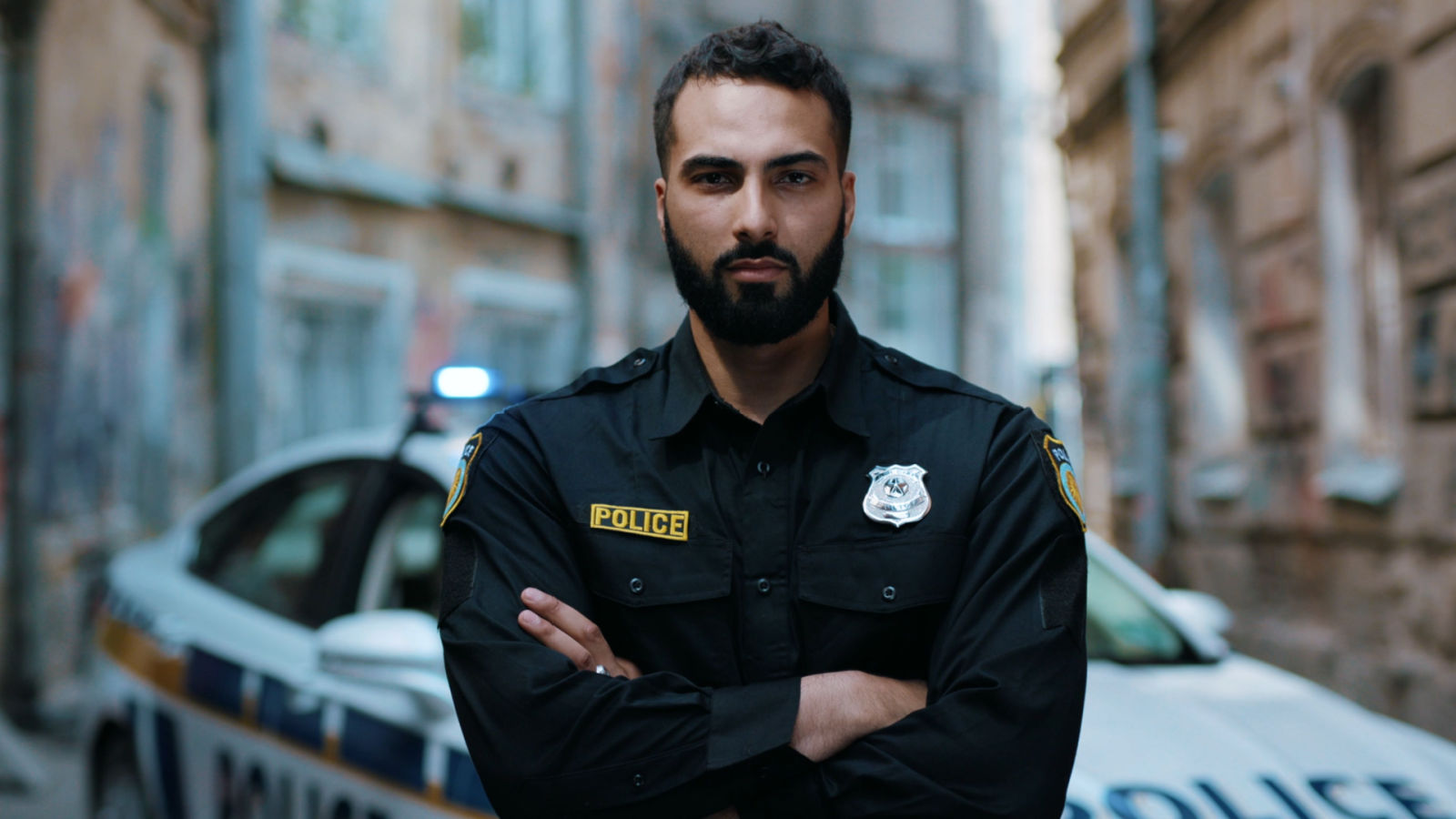
Mapp v. Ohio applied the exclusionary rule to the states, holding that evidence obtained in violation of the Fourth Amendment cannot be used in state prosecutions. This decision reinforced protections against unreasonable searches and seizures.
Baker v. Carr (1962)

Baker v. Carr established the principle of “one person, one vote,” ensuring equal representation in legislative districts. The ruling addressed issues of political representation and redistricting, promoting fairer electoral processes.
Engel v. Vitale (1962)

Engel v. Vitale ruled that school-sponsored prayer in public schools violates the Establishment Clause of the First Amendment. This decision emphasized the separation of church and state and the importance of religious neutrality in public education. The case reinforced the principle that the government cannot endorse or promote religious practices.
Gideon v. Wainwright (1963)

Gideon v. Wainwright held that the Sixth Amendment’s guarantee of counsel is a fundamental right and that states must provide attorneys for defendants who cannot afford one. This landmark ruling ensured fairer trials and bolstered the right to a fair trial.
New York Times v. Sullivan (1964)

This case established the “actual malice” standard for press reports about public officials, protecting the freedom of the press under the First Amendment. The ruling requires that plaintiffs prove that the press knowingly published false information or acted with reckless disregard for the truth. This landmark case strengthened protections for journalistic freedom.
Griswold v. Connecticut (1965)

Griswold v. Connecticut struck down a law banning the use of contraceptives, establishing the right to privacy in marital relations. This decision paved the way for later cases expanding privacy rights, including Roe v. Wade.
Miranda v. Arizona (1966)

Miranda v. Arizona required law enforcement officials to inform suspects of their rights to remain silent and to have an attorney present during interrogations. The “Miranda rights” are now a fundamental part of police procedure, ensuring that confessions are not coerced.
Loving v. Virginia (1967)

Loving v. Virginia struck down laws banning interracial marriage, declaring them unconstitutional under the Fourteenth Amendment. This unanimous decision invalidated state laws that prohibited marriage between individuals of different races.
Tinker v. Des Moines (1969)

This ruling affirmed the First Amendment rights of students, stating that they do not “shed their constitutional rights to freedom of speech or expression at the schoolhouse gate.” This case arose when students were suspended for wearing black armbands to protest the Vietnam War. The decision emphasized that students’ free speech rights must be protected in public schools.
Roe v. Wade (1973)
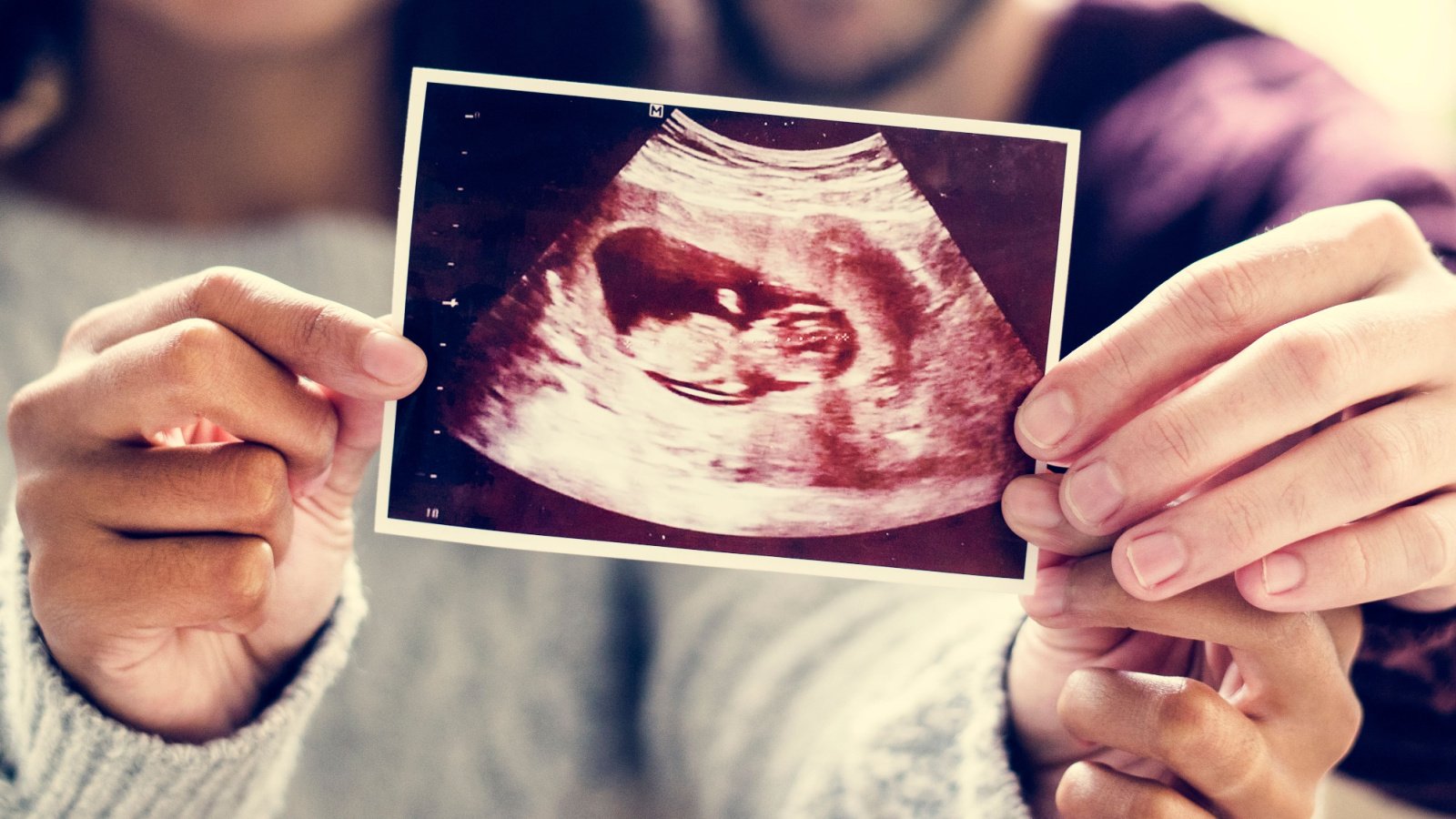
Roe v. Wade recognized a woman’s constitutional right to privacy, extending to her decision to have an abortion. This controversial ruling struck down many state laws restricting abortion and remains a focal point in debates over reproductive rights. The decision emphasized the importance of personal autonomy and bodily integrity under the Fourteenth Amendment.
United States v. Nixon (1974)
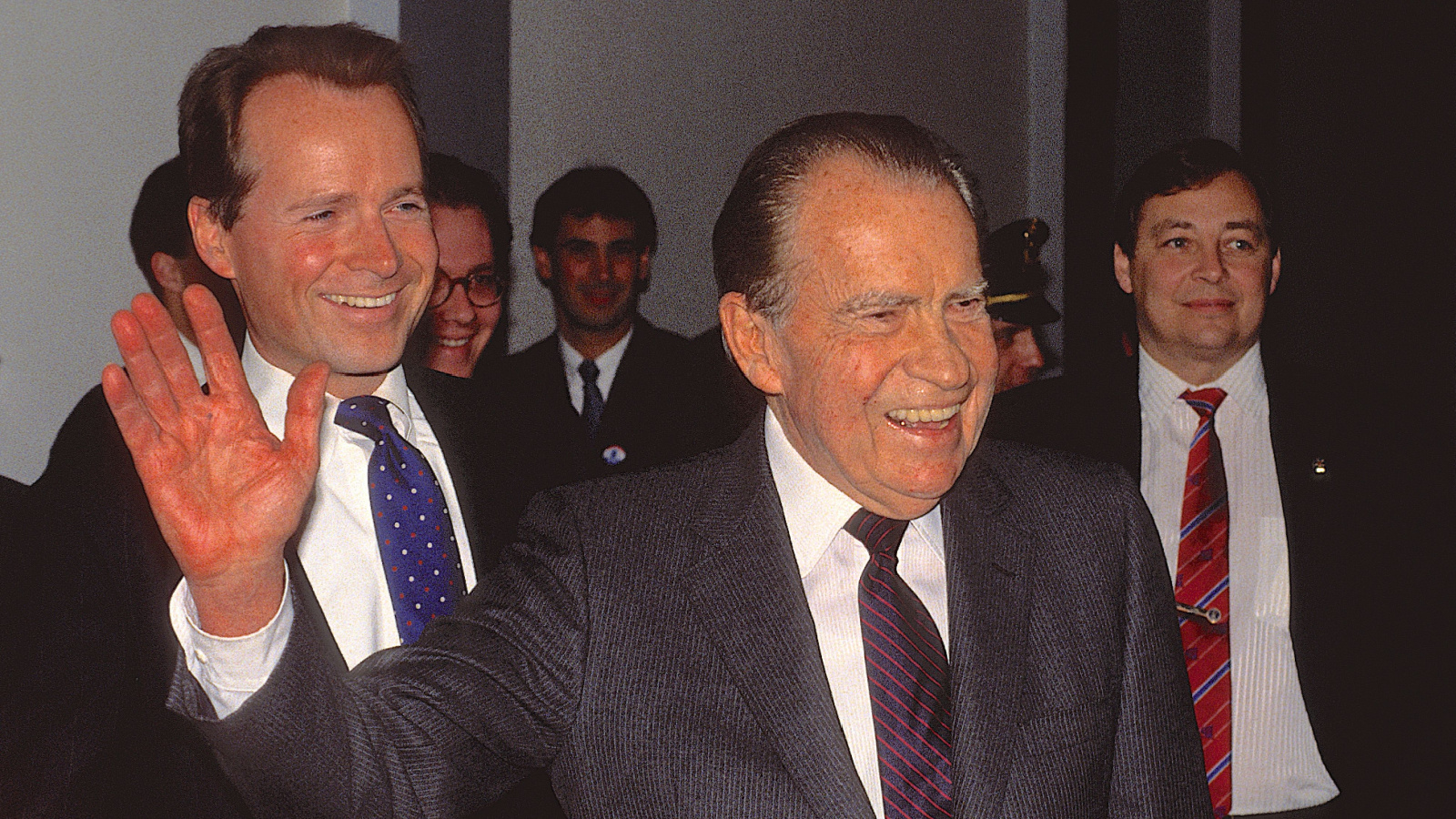
United States v. Nixon limited the power of the president by rejecting Richard Nixon’s claim of absolute executive privilege. This unanimous decision forced Nixon to turn over tapes related to the Watergate scandal, leading to his resignation. The ruling reinforced the principle that not even the president is above the law, ensuring accountability within the executive branch.
Regents of the University of California v. Bakke (1978)
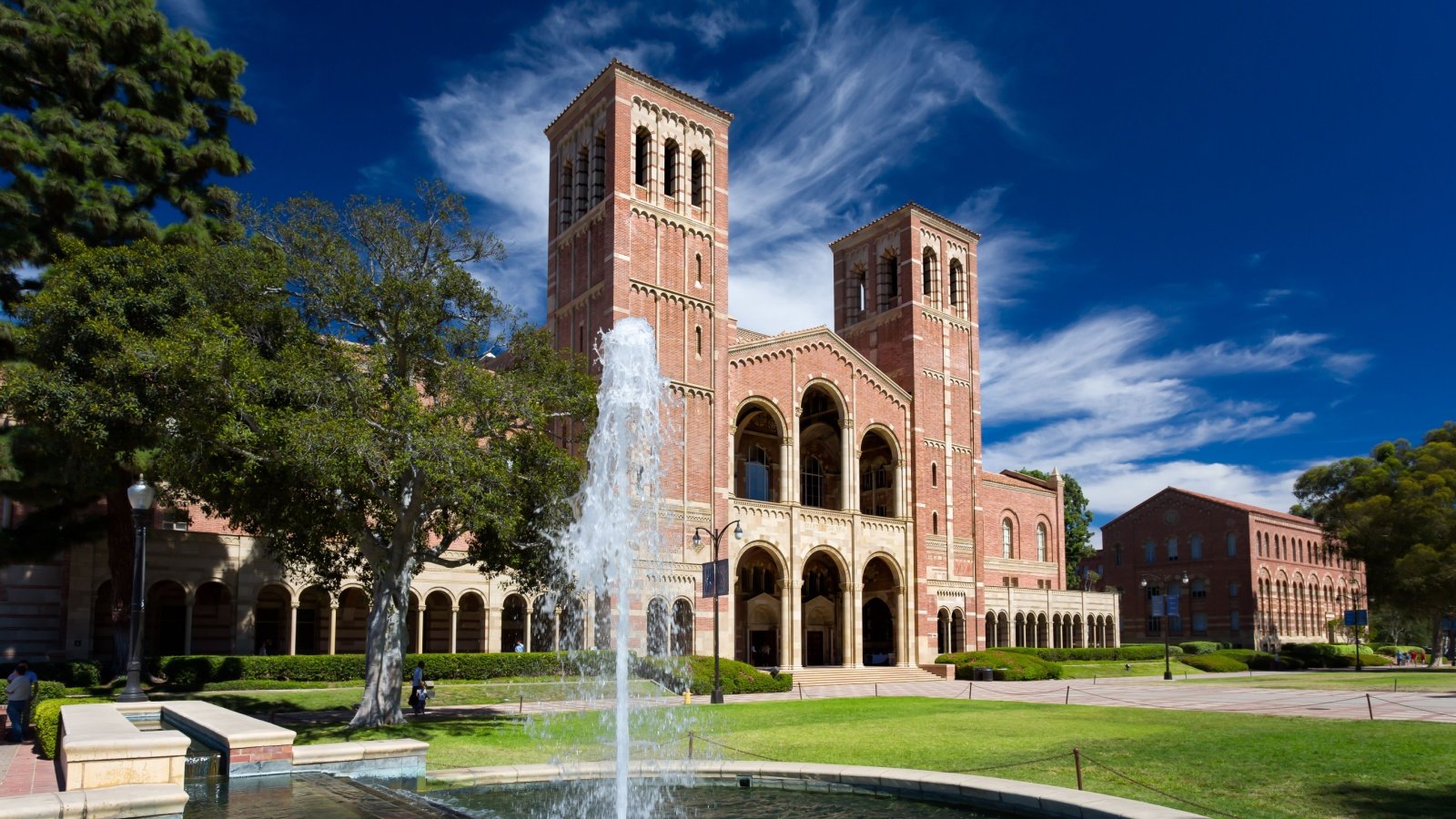
Regents of the University of California v. Bakke upheld the use of affirmative action in college admissions while rejecting strict racial quotas. It remains a pivotal case in the ongoing debate over affirmative action and equal opportunity.
Bush v. Gore (2000)

Bush v. Gore effectively resolved the 2000 presidential election by halting the Florida recount, awarding the state’s electoral votes to George W. Bush. The decision underscored the role of the Supreme Court in electoral disputes and had significant political and legal ramifications.
Citizens United v. FEC (2010)

This ruling meant that corporate funding of independent political broadcasts in candidate elections cannot be limited under the First Amendment. This decision significantly impacted campaign finance, allowing for increased spending by corporations and unions in elections.
Obergefell v. Hodges (2015)

Obergefell v. Hodges legalized same-sex marriage nationwide, affirming that the right to marry is a fundamental liberty guaranteed by the Fourteenth Amendment. This historic decision represented a significant victory for LGBTQ+ rights and equality. Justice Anthony Kennedy’s majority opinion emphasized the dignity and equality of all individuals under the law.



